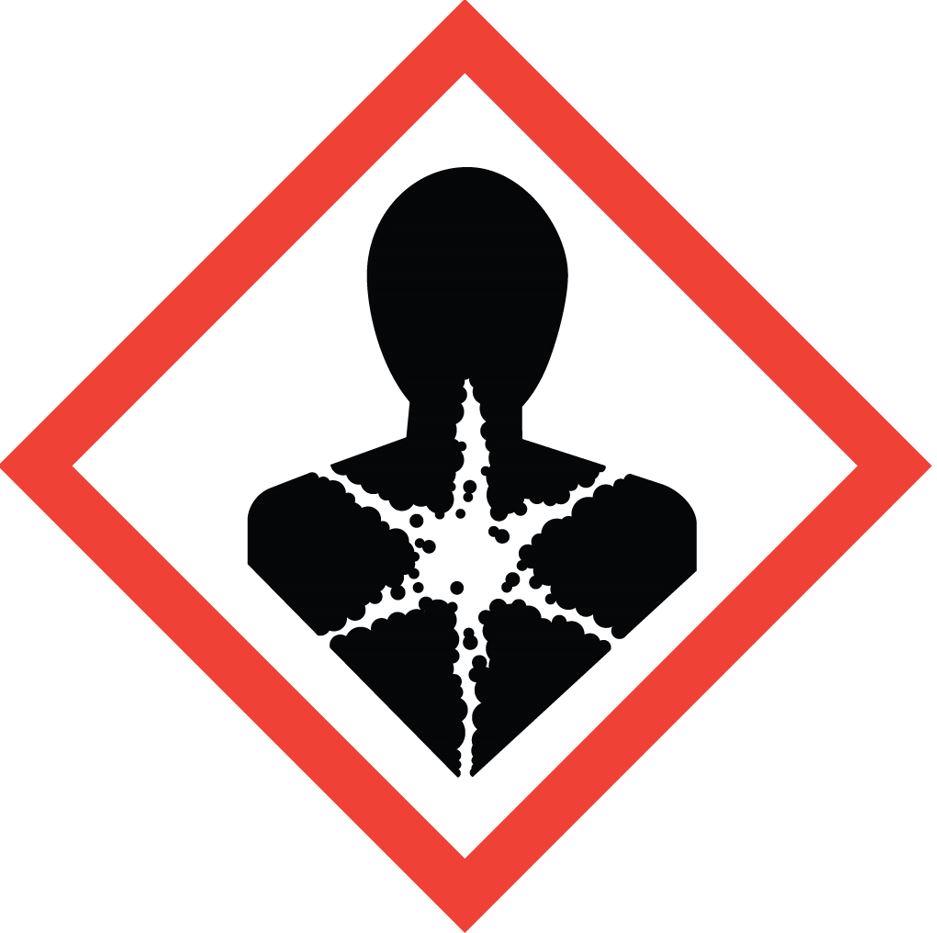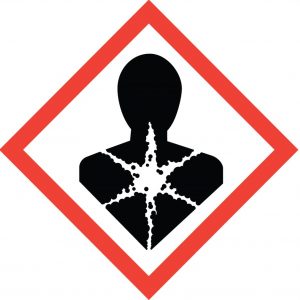If you wash your windows in your house or car once in a while, the glass cleaner is not subject to the Washington, D.C.-based Occupational Safety and Health Administration’s Hazard Communication standard, which essentially ensures that information concerning the classified hazards of chemicals is transmitted. However, professional window washers use glass cleaners eight hours per day, five days a week, by the gallons and in stronger concentrations. For these people, OSHA’s Haz-Com standard comes into play and the window washer’s employer is expected to have a written Hazard Communication plan—a list of all hazardous chemicals onsite, Safety Data Sheets (SDSs) and the proper container labeling.
In the roofing industry, synthetic roofing materials, asphalt roof shingles, adhesives and treated wood shingles all contain hazardous chemicals. In addition, items roofers use every day, like lubricants, hand-cleaning products, sealants, thinners, coatings, gasoline and diesel fuels, and even fire extinguishers, are subject to the HazCom standard.
In OSHA’s Top 10 Most Frequently Cited Standards, Haz-Com is almost always No. 2, second only to Fall Protection. Out of 398 inspections in the construction/roofing industry in 2015, OSHA issued 768 citations and collected $443,317 in fines for HazCom. Unfortunately, this number is so high because many companies, who otherwise have an excellent safety record, do not understand or completely disregard the Haz-Com standard.
If OSHA comes onto a company’s site to do an inspection for an accident, a complaint, or a visible infraction, an OSHA insprector may ask to see the Haz-Com plan and the SDSs. To follow the OSHA Haz-Com standard, an employer must develop a written Hazard Communication plan, determine what products onsite may be potentially hazardous, provide a list of all the hazardous or potentially hazardous substances onsite, and locate SDSs for all these products. These SDSs must be immediately available for all employees on the worksite during work hours.
These chemicals must also be properly identified and labeled. Here’s what you need to know:
Safety Data Sheets
SDSs are information sheets for one specific product and have 16 standardized sections. The employer is responsible for having the SDSs onsite.
Labeling
Container labels must be clearly visible, legible and in English. If employees speak a language other than English, that language can be on the labels and SDSs, as well. There are six elements to Haz-Com labeling:
- The product identifier appears at the top of a container. This is usually the name or code number to the product.
- Pictograms are a black picture on a white diamond background with a red outline.
- Pictograms are designed to be easily identifiable to non-native readers. They also make labels more identifiable.
- The labeling format also includes one of two signal words: “Warning” or “Danger”.
- Beneath the signal words, there are Hazard Statements and Precautionary statements. The Hazard Statement tells users how the chemical can be a hazard. The precautionary statement tells users how to protect themselves from the chemical.
- Usually, on the bottom of a label, contact information for the manufacturer, importer and supplier is included.
Training
Training is also important to maintain the Haz-Com standard. Employees must be trained on the types of hazardous materials onsite, the location of the hazardous chemicals onsite, the locations of the Haz-Com plan and the locations of SDSs onsite. Employees must also be trained how to read the labels and SDSs.
Learn More
To learn more about Haz-Com and the toxic substances in roofing, visit the following websites:
- OSHA Hazard Communication web page
- National Roofing Contractors Association and Asphalt Roofing Manufacturers Association’s Fact Sheet about Asphalt Fumes
- CDC/NIOSH, Asphalt Fume Exposures During the Application of Hot Asphalt to Roofs
Photo: OSHA




Be the first to comment on "Hazard Communication for Roofers"